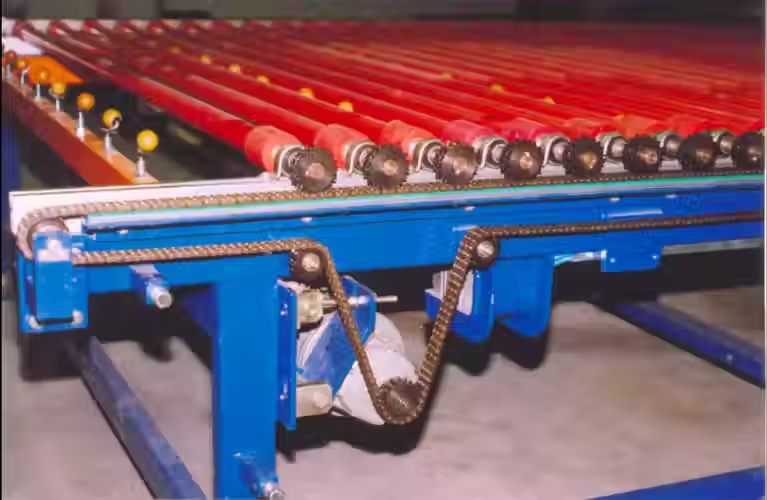Automatic Vibration Feeder
- Jaswanth srinivas
- Nov 29, 2024
- 3 min read
Automatic Vibration Feeder
An Automatic Vibration Feeder is an essential piece of machinery used in industrial and manufacturing processes to transport bulk materials in a controlled manner. These feeders are particularly important for industries that require consistent, efficient movement of items such as small parts, granules, or powders from one point to another for assembly or further processing. By leveraging mechanical vibrations, these systems can move materials with precision and speed, significantly enhancing productivity.
Working Principle
Automatic vibration feeders operate on a simple yet effective principle: mechanical vibration. The feeder comprises a trough or bowl, which is mounted on an adjustable base that can oscillate. The vibration is typically generated using an electromagnetic or electromechanical drive system. The vibrations create a continuous flow that propels materials from the feeder’s entry point to its output. This motion is precisely controlled to regulate the feed rate and ensure that only the desired amount of material is dispensed at any given time.
Structure and Design
The basic structure of an automatic vibration feeder includes:
Feeding Bowl or Trough: This is the part where the material is loaded. The bowl is often made of durable materials like stainless steel to withstand wear and tear.
Drive System: This includes the vibrating motor or electromagnet that generates the oscillations required to move the material.
Spring or Mounting System: Springs or other shock-absorbing components support the feeder and help control the frequency and amplitude of the vibration.
Control Unit: A sophisticated control unit is responsible for adjusting the vibration frequency and amplitude, allowing for precise control over the feed rate.
Advantages of Automatic Vibration Feeders
High Efficiency: These feeders can transport materials rapidly and with minimal manual input, leading to higher productivity and reduced labor costs.
Precision Control: The speed and volume of the material dispensed can be accurately controlled to ensure optimal performance and reduce waste.
Versatility: Automatic vibration feeders are adaptable and can handle a wide range of materials, including powders, small parts, pellets, and granules.
Compact Design: Many models are designed to be space-efficient, making them ideal for use in settings with limited floor space.
Minimal Maintenance: With fewer moving parts and a robust design, these feeders typically require less maintenance compared to more complex conveyance systems.
Reduced Noise Levels: Newer designs often include noise reduction features, making them suitable for quieter environments.
Applications
Automatic vibration feeders are widely used in various industries:
Automotive Industry: For feeding small components such as screws, bolts, and fasteners to assembly lines.
Pharmaceuticals: For dispensing pills, powders, or capsules in a controlled manner.
Food and Beverage: For handling ingredients such as sugar, grains, or other additives in food processing plants.
Electronics: To manage small electronic components during assembly.
Mining and Material Processing: To transfer ores, granules, and minerals efficiently.
Operating Considerations
When implementing an automatic vibration feeder, factors such as material characteristics (e.g., density, size, and cohesiveness) must be considered. The feeder must be tailored to suit the specific requirements of the material to avoid clogging or inconsistent feeding. Additionally, the selection of vibration frequency and amplitude is critical in ensuring consistent material flow without excessive wear on the machine.
Conclusion
Automatic vibration feeders play a crucial role in modern industrial settings by enhancing material handling efficiency. Their ability to deliver high-speed, accurate, and controlled feeding makes them indispensable in a wide range of applications. With advancements in technology, these systems have become more sophisticated, incorporating features that improve their reliability and user-friendliness. By integrating an automatic vibration feeder, companies can streamline their operations, boost productivity, and achieve better outcomes with minimal manual intervention.




Comments